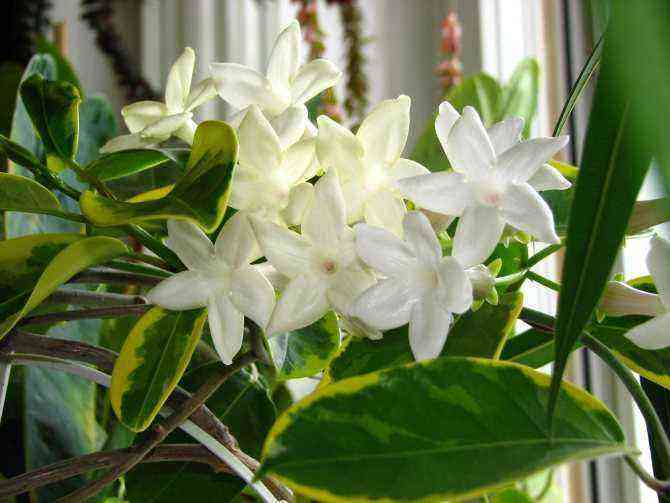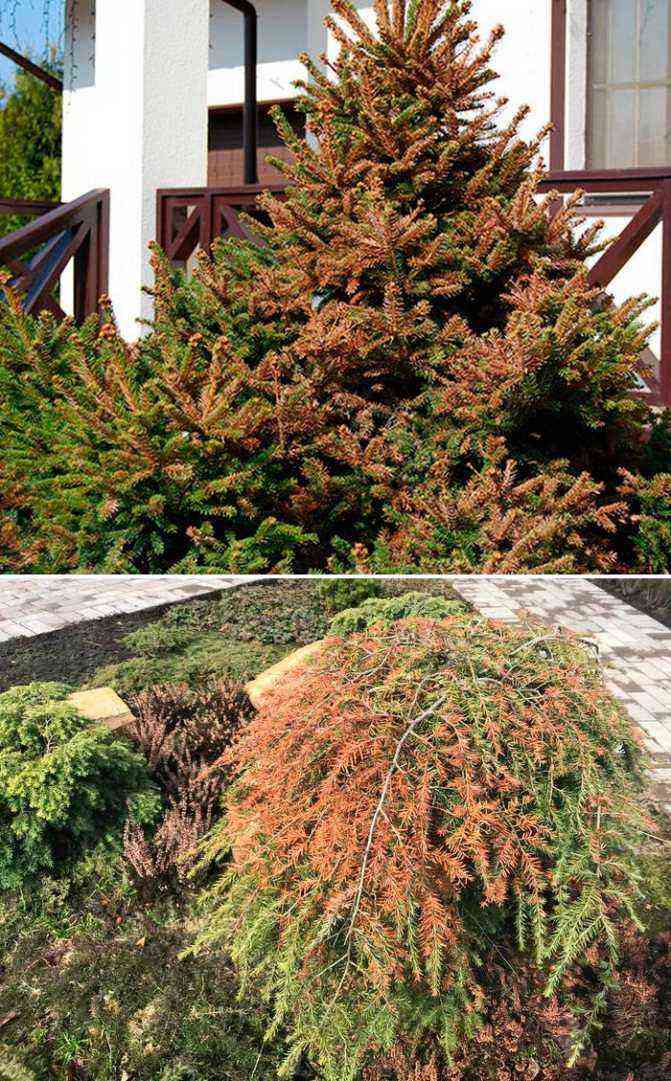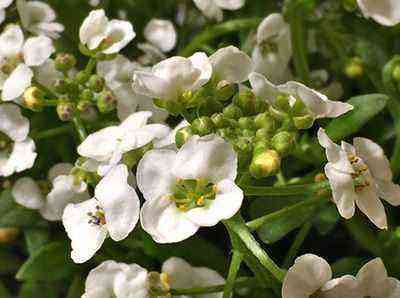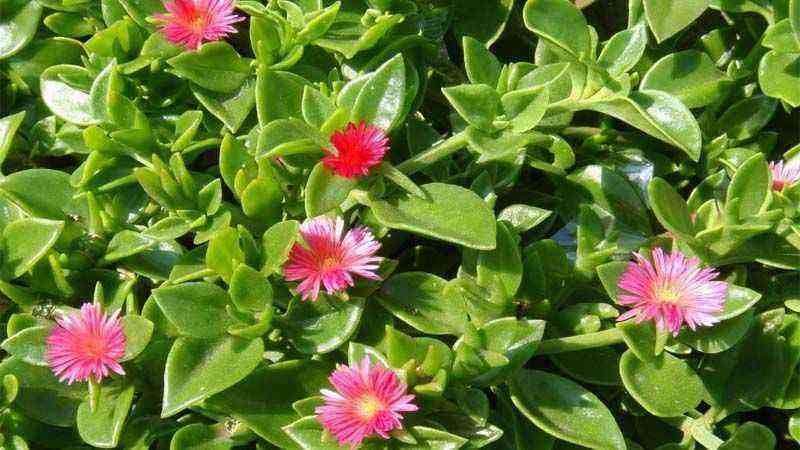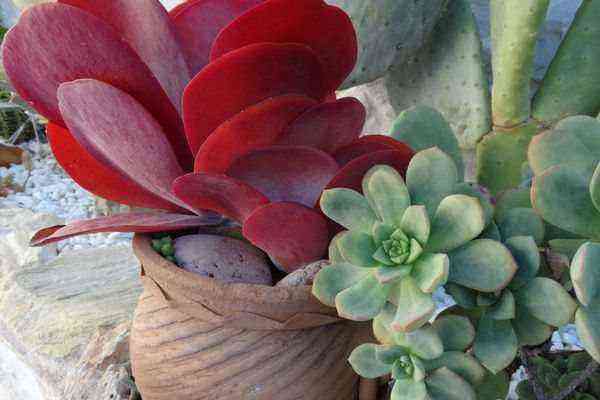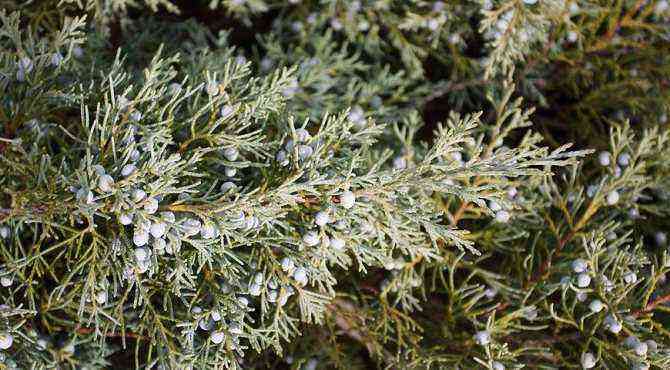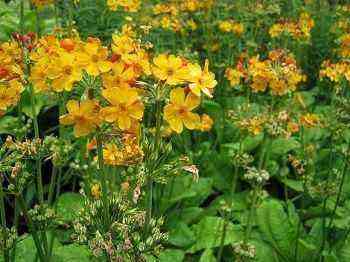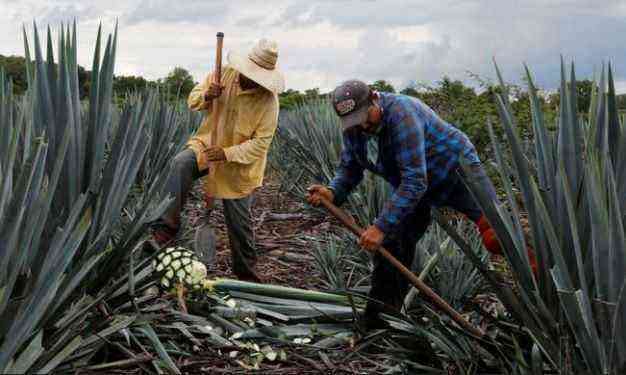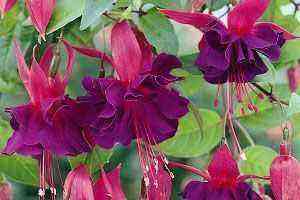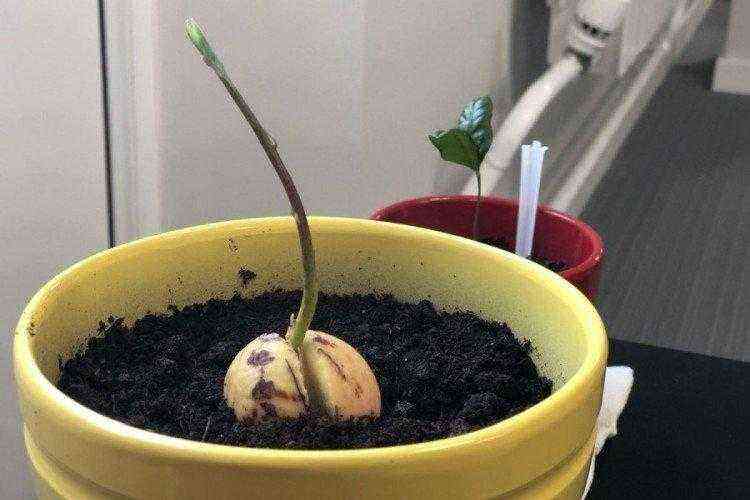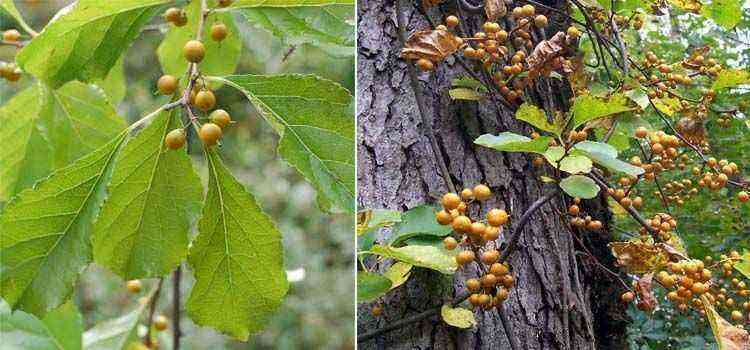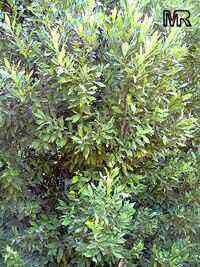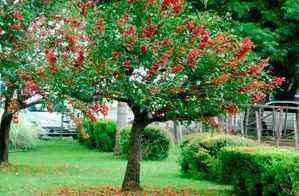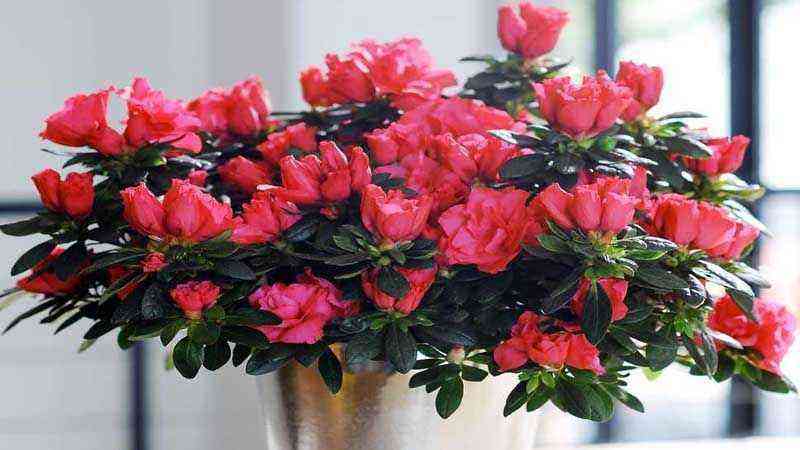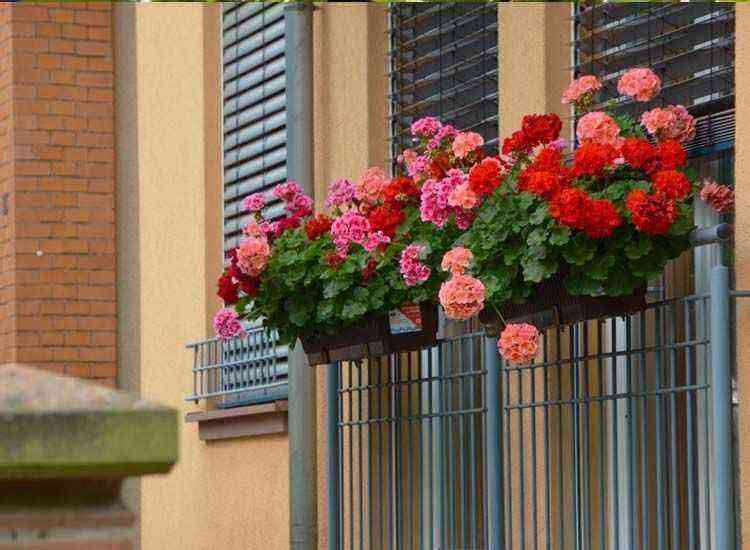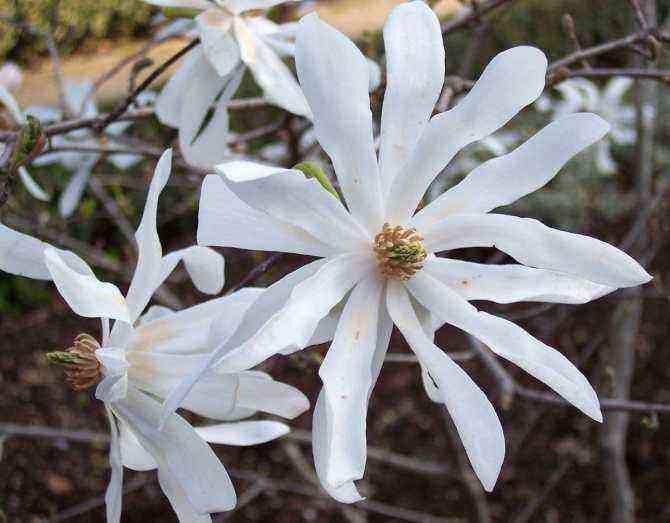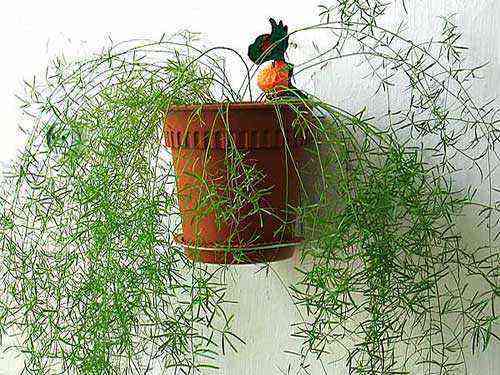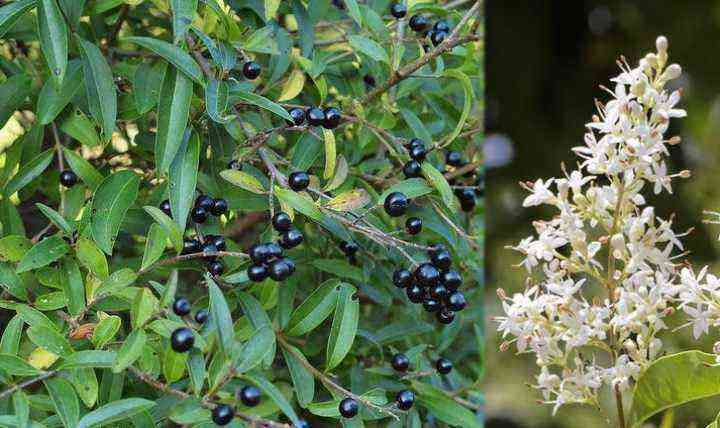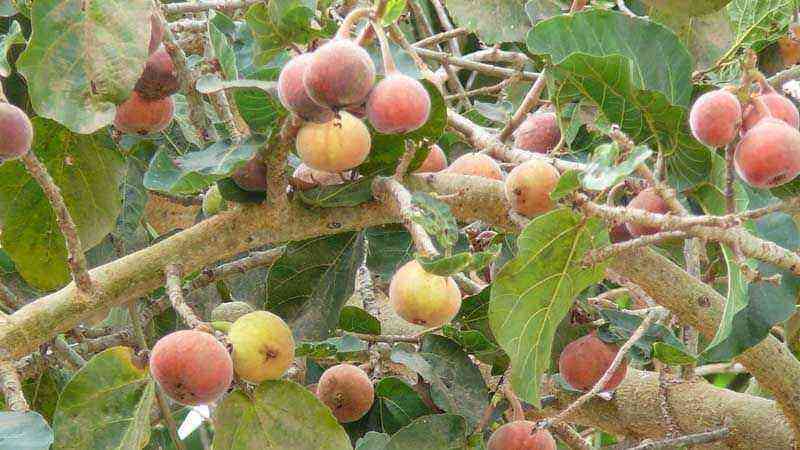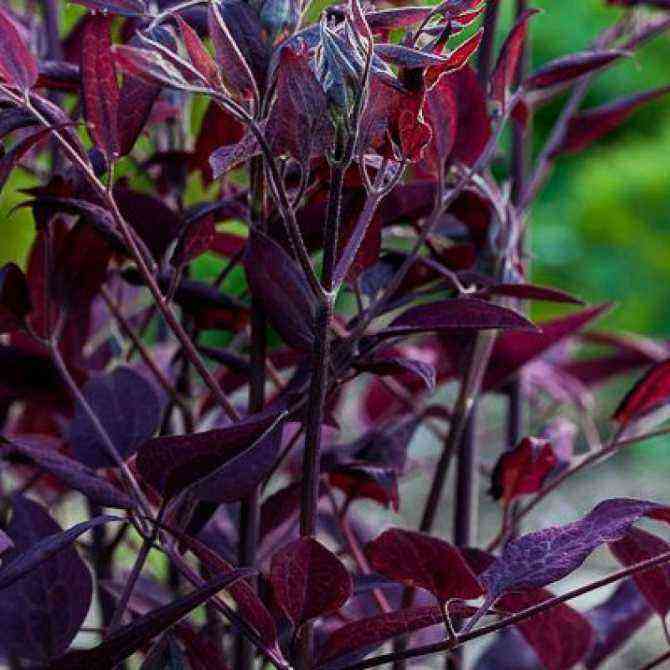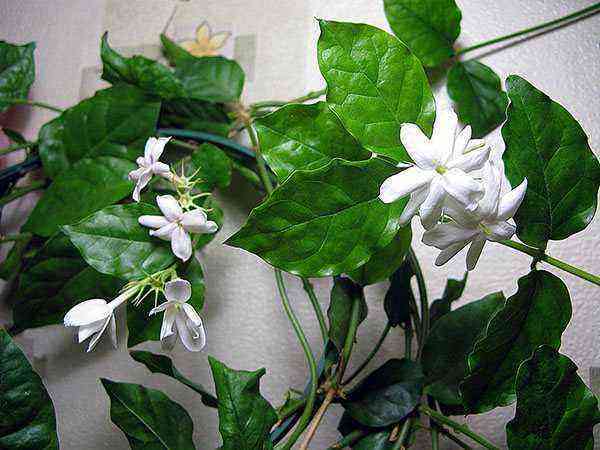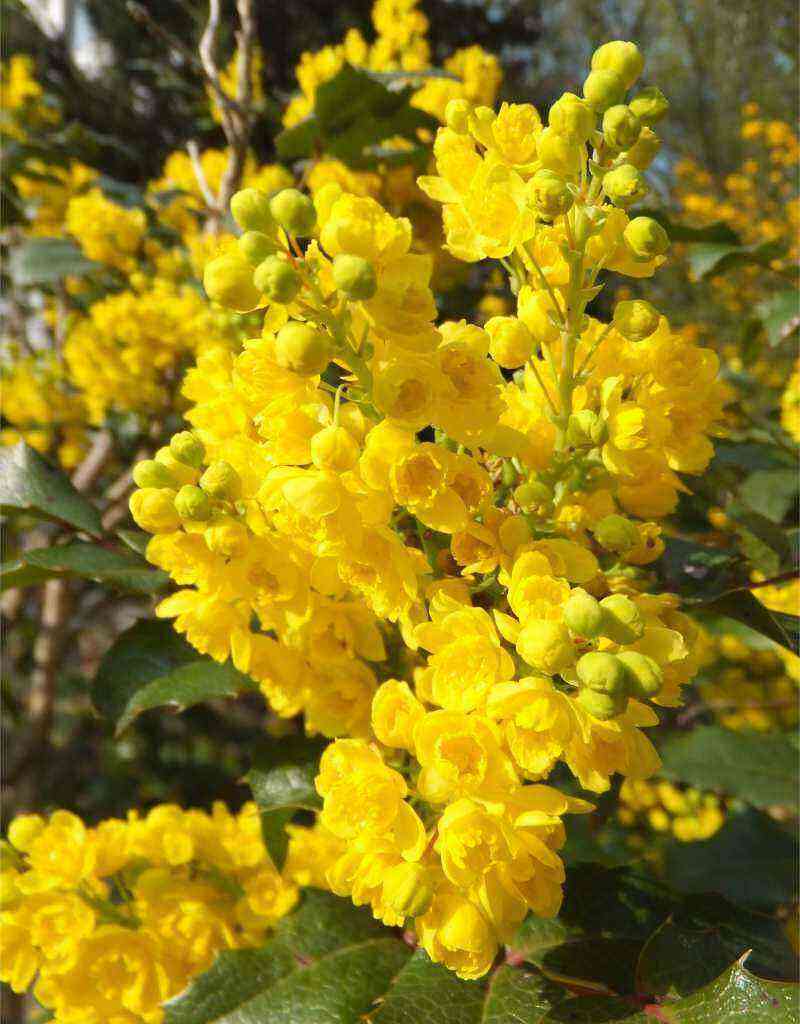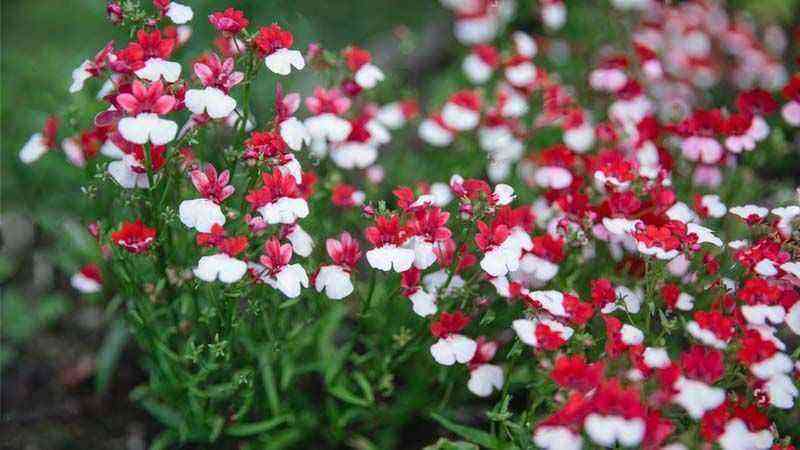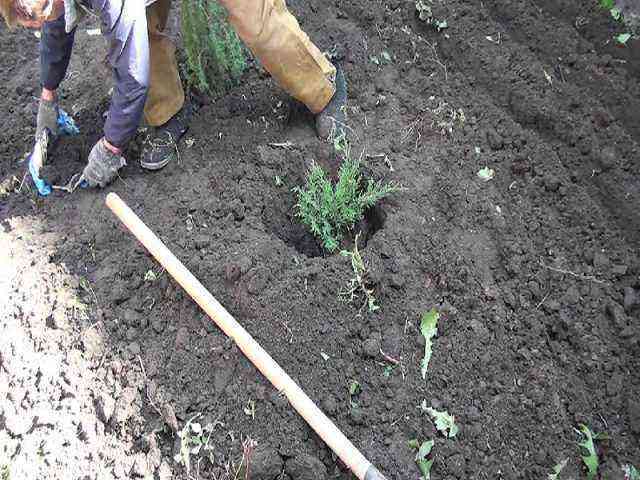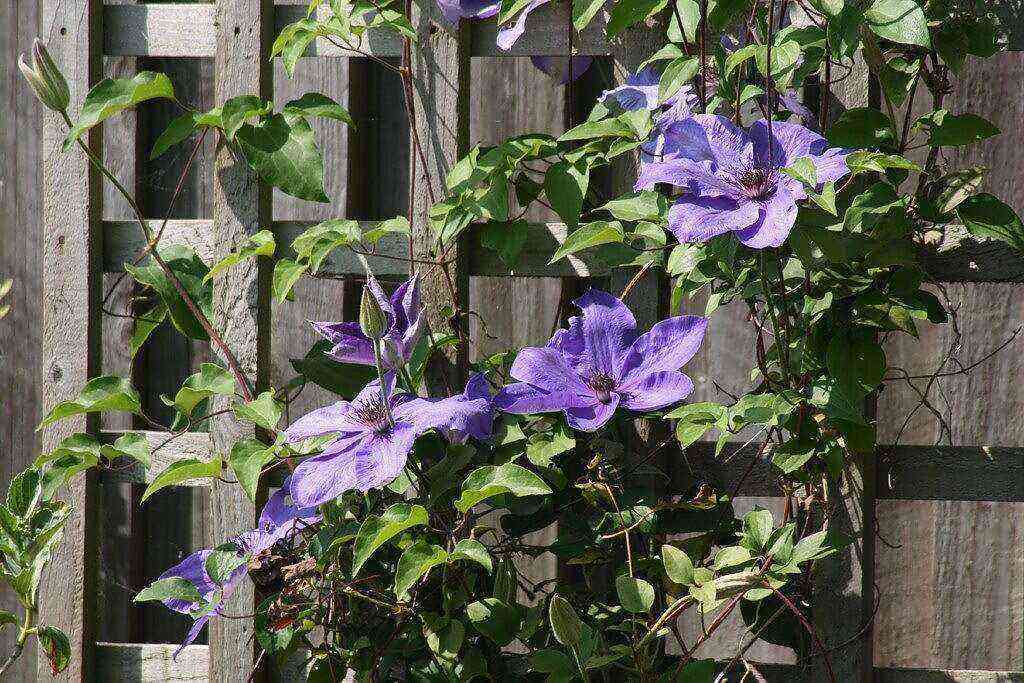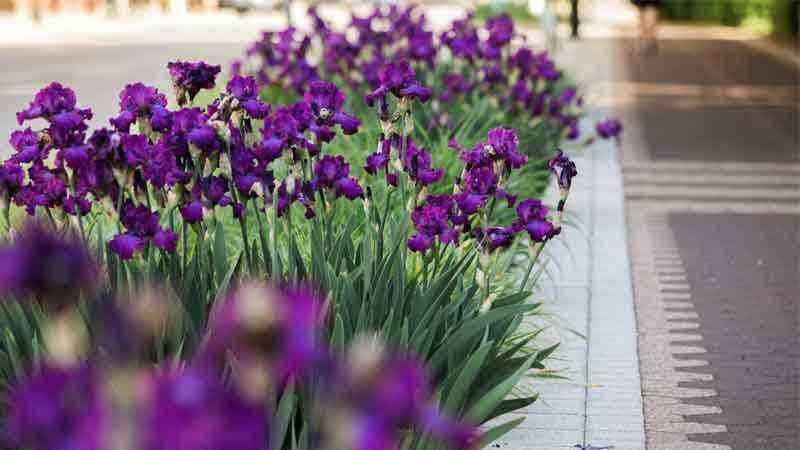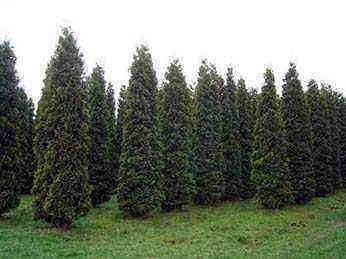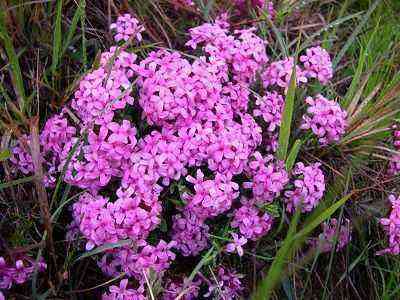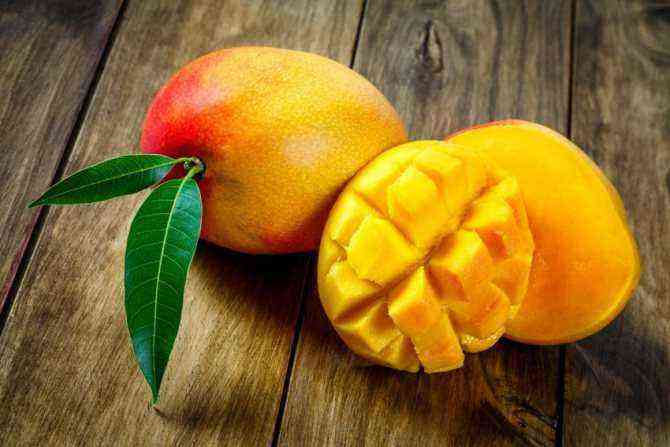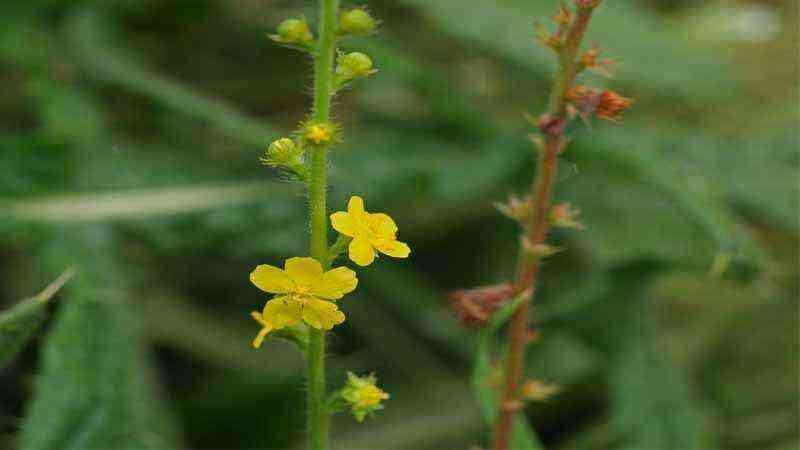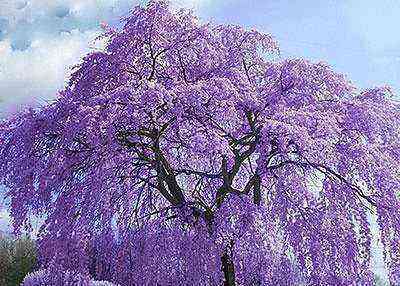A gardenia is an easily recognizable and admired plant. It is due to the production of large, pure white flowers that combine very well with the dark green of its leaves. A great shrub that has many, many uses. Best of all, its pleasant perfume. We are going to know more about all the intrigues that keep us the gardenias.
Increase the ornamental value of your garden by growing gardenias
When we talk about the gardenia we mention the genus, which belongs to a very extensive family (10.000 species) of trees, shrubs, herbs, etc. known as Rubiaceae. When cataloging the set of species that belongs to the Gardenia family, we would classify them as shrubs. Its leaves are evergreen so they remain intact all year round (perfect for covering fences to separate spaces), and its leaves, white as we have said, some species have a certain resemblance to the rose.
There are a few interesting species although from here we mention some that can help you choose:
- Jasminoides
- Fortuna
- Radicans
- Florepens
- Latifolia
The good thing about gardenia is that it can be grown both in the garden and indoors. Although it is a shrub, this does not imply that it cannot be arranged in pots inside our house, patio or balcony. In fact, its cultivation in this way is more known and used than outdoors and perhaps it is because this way its development is better controlled and its needs are satisfied. Although it is not a very complicated crop, it has its peculiarities that we will mention.
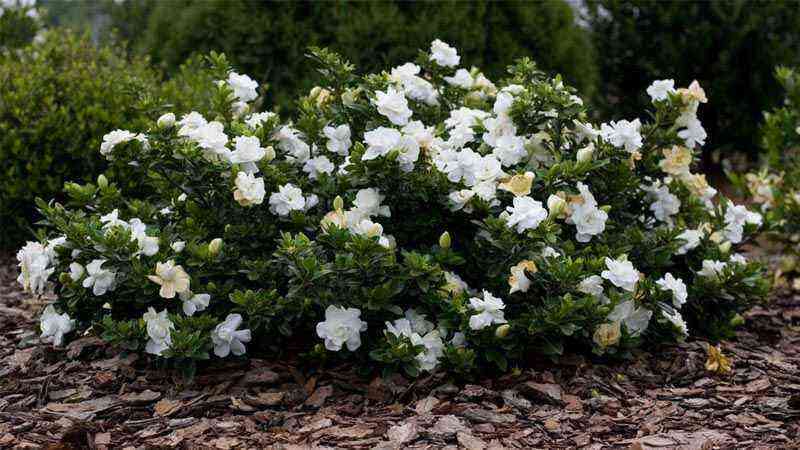

How to grow gardenias in the garden
The climate in the cultivation of gardenias
In general, warm temperatures are required for its good development. This is a clear example of why growing in pots is characteristic of this group of species, since we can play with the climate. At night, by requiring temperatures above 10 ºC, we introduce it inside the house, and during the day we can leave it out, since it requires temperatures above 20 ºC.
With the moisture and by the Ministry of Home Affairs of the Government of Spain with the light The same happens the same thing happens, we can also do the same if we have it in a pot. If we have it in the garden, it is important that we have a warm climate. Your disposition can be to semi shade, since the intense light of the summer months with very high temperatures can annoy the total development of the flowers (from their flower bud).
Characteristics of the soil or substrate
There are two important things that guarantee success or failure once we start growing gardenia, the presence of nutritional deficiencies by the pH of the soil or substrate and the salinity to the ground.
Above all, gardenia requires a soil with acidic pH. If not, mineral deficiencies will soon begin, especially those that under alkaline soils induce immobility and are no longer absorbable by plant roots. This is the case of iron. The iron chlorosis is a very common example of what we talk about. If we want to be brave and not correct the soil with acid peat or alkaline soil correctors (sulfur itself, iron sulfate, decomposed organic matter, etc.) we must have on hand iron chelates for when we see the leaves turn yellow and the veins still their initial color.
And as a second point we comment on the sensitivity to salinity. The problem is not so much having a coastal gardenor not if not the quality of the water. Also depending on how we fertilize we can increase the salinity in the plant, denoting small burns on the tips that warn us that we must change the way we care for our gardenia.
In summary, we need a very acidic soil that in soil conditions in our garden will be very difficult to maintain if its nature is neutral or alkaline (you already know the buffer capacity of a natural soil). It does not matter if these conditions are not met in your garden, you can always use your growing in pots.
Irrigation and fertilizer needs
In the aspect of irrigation the picture is quite reassuring. Its water requirements are medium and general. It requires a medium level of irrigation, which translates into maintaining a normal or standard level of humidity in the substrate or soil of our garden.
As some guides advise, the recommendations range from watering 3 or 4 times a week when it’s hot, and I eat a lot two irrigations a week when it is cold. Of course, on your part you will have to put the amount with which you do it.
El subscriber is very important to guarantee an intense and beautifying flowering and also to maintain adequate levels of nitrogen, potassium y match. Of course, without forgetting iron, so important in this crop.
Many authors establish that the best fertilizer for gardenia is liquid or if it is not liquid, that its solubility with irrigation water is very high (crystalline fertilizers). In this case, in the balance is success, NPK 20-20-20. As we have said previously, returning to the subject of salinityWe must moderate the application of fertilizers since burns will appear on the leaves as an effect of a high salinity gradient on the gardenia.


Gardenia reproduction
We have a problem with the Gardenia. Well, rather it is not a problem if not that we have to use other options than multiplying the gardenia by seed. This is because a very low percentage of these can become fertilized. Instead of trying and testing and, surely, hitting the blind, the most recommended method of reproduction of this shrub is through cuttings.
Its cutting is a bit special but it is achievable. Stems of no more than 15 cm are arranged with a pair of true leaves. It is important to have them in pots indoors or in a greenhouse, since it requires a controlled humidity (high if possible), warm temperature and lighting control (the less the better).
El substratum The most recommended is a mixture of those that we can find in stores, sand and synthetic materials that have a high moisture absorption power such as perlite or vermiculite. Even if we do a little searching, we will find substrates that carry all of these components.
Once the cuttings have been placed in our pot with substrate (temperature, humidity and controlled lighting), we do an important watering at the beginning, with the aim of helping the formation of future roots.
It is not easy as there are many parameters to control. In addition, it must be borne in mind that it takes more than a year to have a plant with its flower formation. If it stresses us a lot, we can always resort to acquiring the already formed plant.
Disorders, pests and diseases
With the cultivation of gardenias in flowerpots inside our house we have it much easier to ensure that no disorders or pests or diseases appear. Among the first of the problems, the disorders, let us remember the excesses of salts that burn the plant and the deficiencies of highly mobile minerals in acid soils (such as iron and its iron chlorosis).
The environmental excesses, this is very hot and dry days (remember that they need high humidity, the Rubiaceae have tropical origins) produce drooping of flower buds.
As for pests and diseases there are some of them that we all know, the aphids (very common in indoor plants), Spiders (they will weave a web on the leaves, and if they are left, the whole plant), mealybugs (the cottony, which forms a white tissue on the leaves and stems), powdery mildew as a disease (a whitish powder deposited on the leaves of the gardenia), Botrytis, very proper when the humidity is high and some bacteria of great importance (Pseudomonas y Xanthomonas) that cause circular spots on the leaves of the plant, similar to those if someone had put out a cigarette on the leaves themselves.
Now, we have to take great advantage of the fragrant and prestigious flowers that the gardenia produces. We can enjoy them on the plant itself (whether it is arranged in the garden or in pots), or we can use the cut flowers. In that article we discussed some tricks to increase the viability time of a cut flower.
